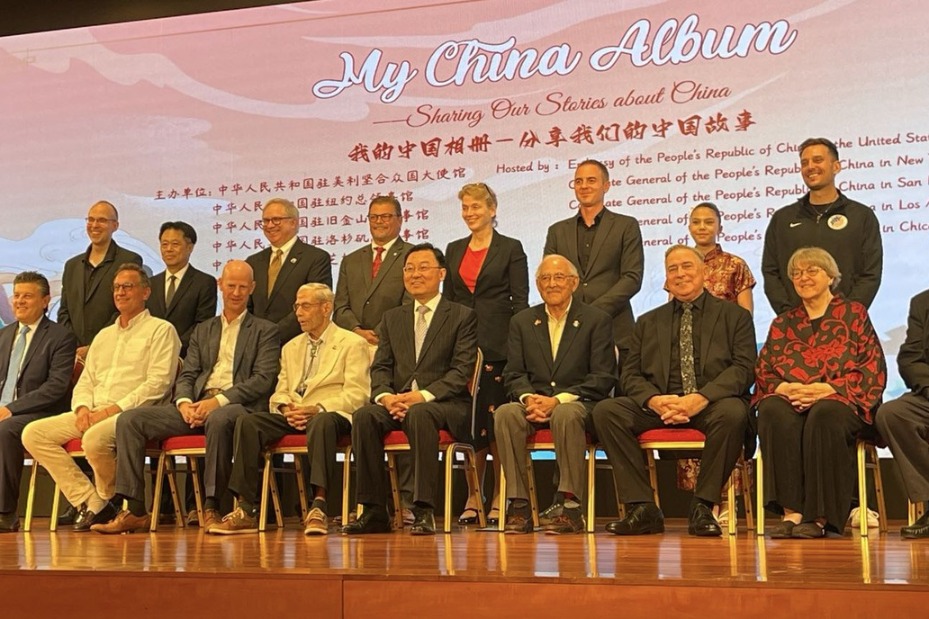Beijing meets air quality standards
By Du Juan | China Daily | Updated: 2024-01-04 09:32

Capital goes from 13 days categorized as 'good' in 2013 to over 90 percent last year
Beijing has met national air quality standards for the third year in a row, according to the city government, which released its annual average concentration of major airborne fine particulate matter, or PM2.5, on Wednesday.
The capital's PM2.5 levels were recorded at 32 micrograms per cubic meter last year, the city's ecology and environment bureau said.
In 2023, Beijing witnessed a significant improvement in air quality. Approximately 90 percent of days were classified as having "good" air quality, with a record-breaking continuous stretch of 192 consecutive good days for PM2.5, which was 20 days more than the previous year.
In 2013, there were only 13 days recorded as good days, according to the bureau.
From 2013 to 2023, concentrations in Beijing of PM2.5 fell 64.2 percent, PM10 dropped 43.6 percent, nitrogen dioxide was reduced by 53.6 percent and sulfur dioxide decreased 88.7 percent, the bureau said.
Compared to the previous year, the level of PM2.5 in 2023 increased slightly by 2 mcg/cubic m.
Zhang Qiang, professor and associate head of the Department of Earth System Science at Tsinghua University, said three factors contributed to the challenges in maintaining and improving air quality in Beijing.
"First, social and economic activities returned to normal levels in 2023 since the control measures for the pandemic were lifted in China, which has led to increased emissions," Zhang said. "Second, the El Nino in 2023 had a somewhat unfavorable impact, increasing regional pollution movement and deteriorating diffusion conditions.
"Additionally, the year 2023 saw an increase in the frequency of dust storms, reaching the highest level in the past decade," he added.
"Despite the increase in activities, the concentration of pollutants continued to decrease in 2023, indicating the effectiveness of emission reduction measures the city has taken," he said.
Li Xiang, director of the atmospheric environment division of the bureau, emphasized the regional nature of air pollution, which can traverse cities and be transported between provinces.
"Last year posed significant challenges for air pollution control in Beijing. Despite various unfavorable factors, we have actively cooperated with neighboring provinces and cities to jointly prevent, control and manage air pollution," she said.
"Therefore, regional collaborative efforts in air pollution control are crucial for improving air quality," she said. "Overall, through a decade of efforts, the concentration of PM2.5 in the Beijing-Tianjin-Hebei region and its surrounding areas has experienced steady achievements. However, the foundation for improvement remains unstable."
The region's pollution emissions, which surpass the environmental capacity, are due to the heavy industrial structure, reliance on coal energy and dominance of road transportation, resulting in pollutant emissions per unit of land area that are two to five times higher than the national average, exceeding the environmental capacity by over 50 percent, according to Li.
"In the future, Beijing will continue to collaborate closely with neighboring provinces and cities to reduce emissions, contributing to our efforts to improve regional air quality."
























